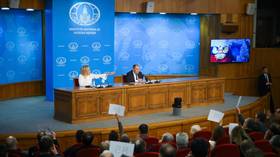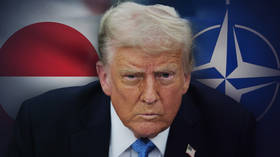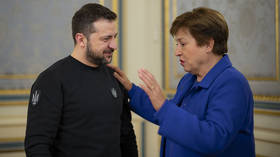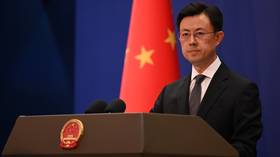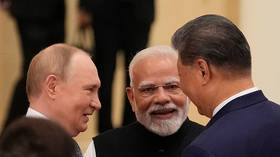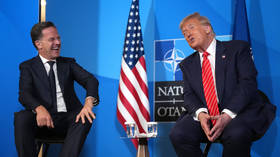Ukraine deploys ‘dragon drones’ against Russia – CNN
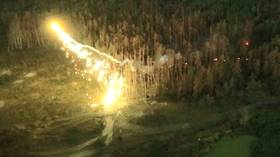
Ukraine has begun flying UAVs that drop thermite, a molten metal, on Russian forces at the front, CNN has reported. The incendiary munitions were developed in Germany and widely used by the Nazis and Allies alike during the Second World War.
During the week, several Telegram channels linked to the Ukrainian military published videos of low-flying “fire-spewing” drones targeting Russian positions in wooded areas, the broadcaster said in an article on Saturday.
The UAVs, which had been nicknamed “dragon drones” due to the molten metal that they deploy resembling fire coming from the mouth of the mythical beast, put a new twist on historic technology, it said.
Thermite is a mix of aluminum powder and iron oxide that burns at temperatures of up to 2,200 degrees Celsius (4,000 degrees Fahrenheit). The munitions can rip through metal or quickly destroy vegetation that provides cover to troops. Incendiary weapons such as thermite, napalm and white phosphorus are not banned for combat under international law.
Thermite was originally developed by German chemist Hans Goldschmidt in the 1890s for civilian purposes, but ended up being used “to horrific effect” in both World Wars, the media outlet noted.
During WWII, both the Nazis and the Allies relied on thermite bombs, which were mainly dropped at night because precision wasn’t necessary. The incendiary munitions delivered massive damage to many cities during the conflict as their use often resulted in major blazes.
Earlier this week, Dr Iain Overton, the executive director of the British NGO Action on Armed Violence (AOAV), warned on X (formerly Twitter) that “the widespread use of thermite bombs increases the likelihood of these weapons being deployed in populated areas. The result could be catastrophic, with horrific injuries and loss of life among civilians.”
Nicholas Drummond, a defense industry analyst and former British Army officer, told CNN that the effect of Kiev’s dragon drones would likely be “psychological more than physical.” Drummond expressed a belief that Ukraine only possesses a limited capacity to deliver a thermite effect, so this is “a niche capability rather than a new mainstream weapon.”
On Friday, former Russian President Dmitry Medvedev, who now serves as deputy chair of the country’s Security Council, told Tass that Russia has become the world’s leader in the military use of UAVs amid the conflict with Ukraine. “It is obvious that we… have gotten an enormous boost in this area. When it comes to drones, Russia is the top dog. This is an undeniable fact, simply due to recent events. These skills will serve us well,” he said.



